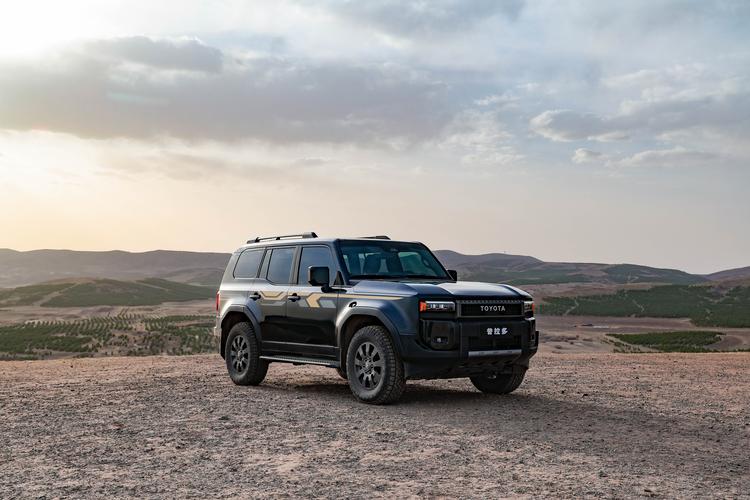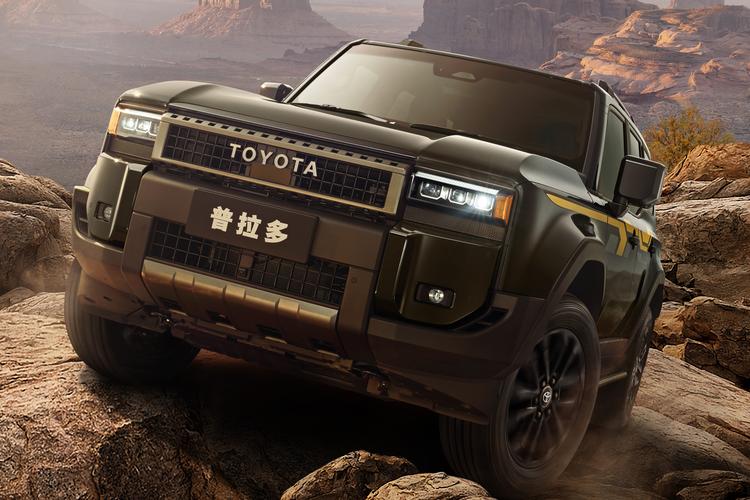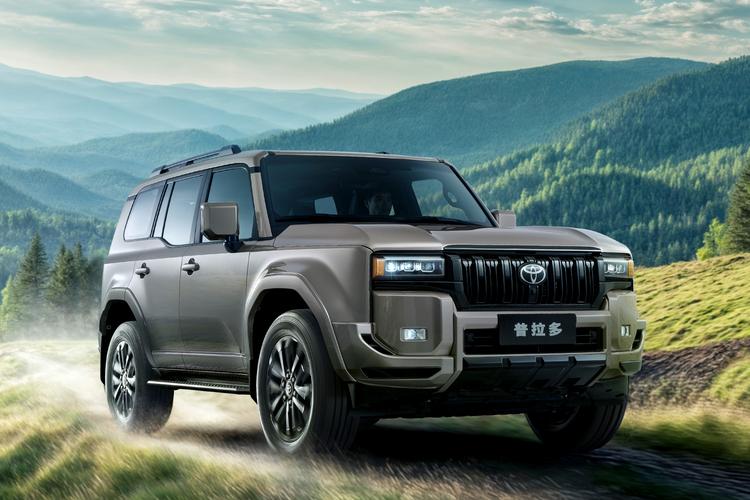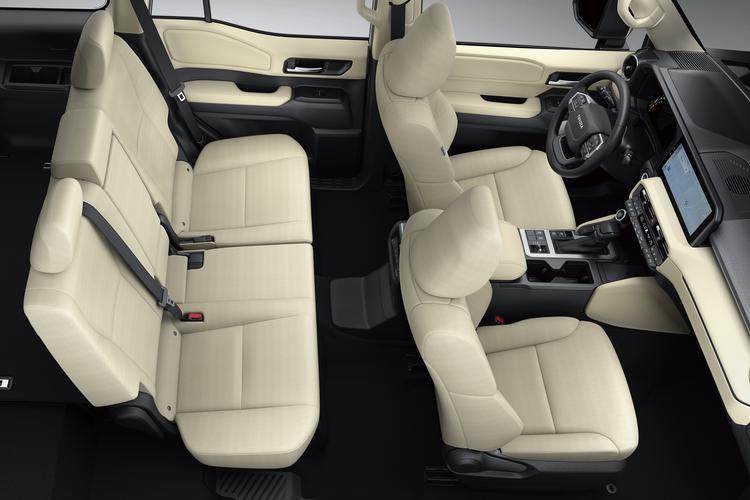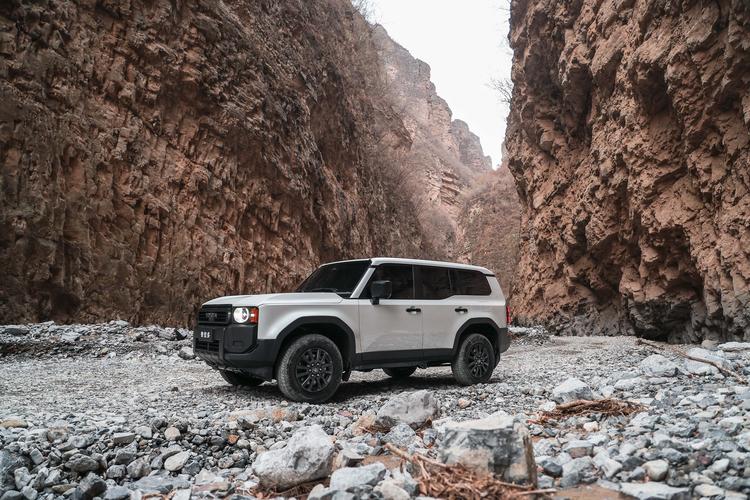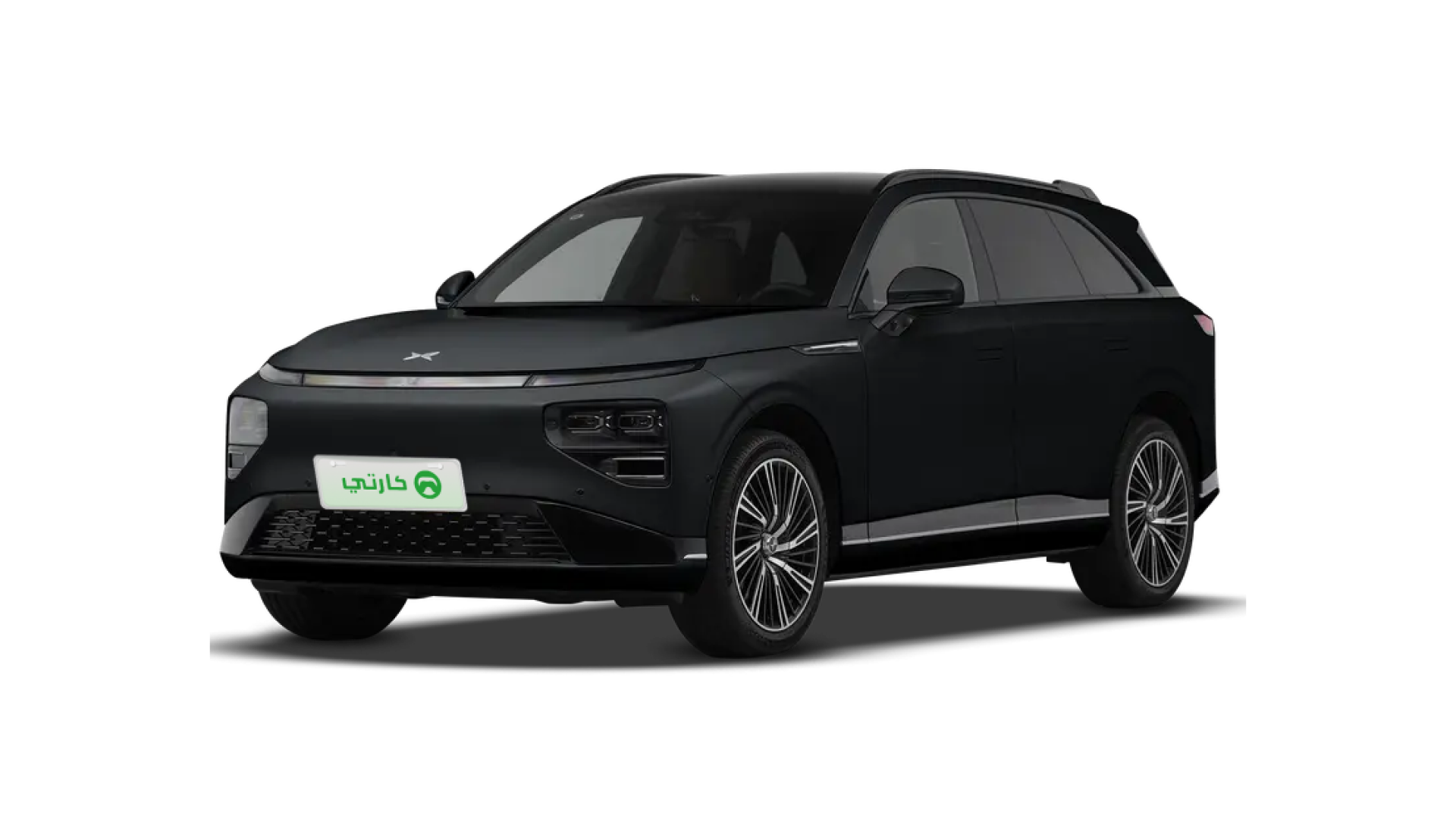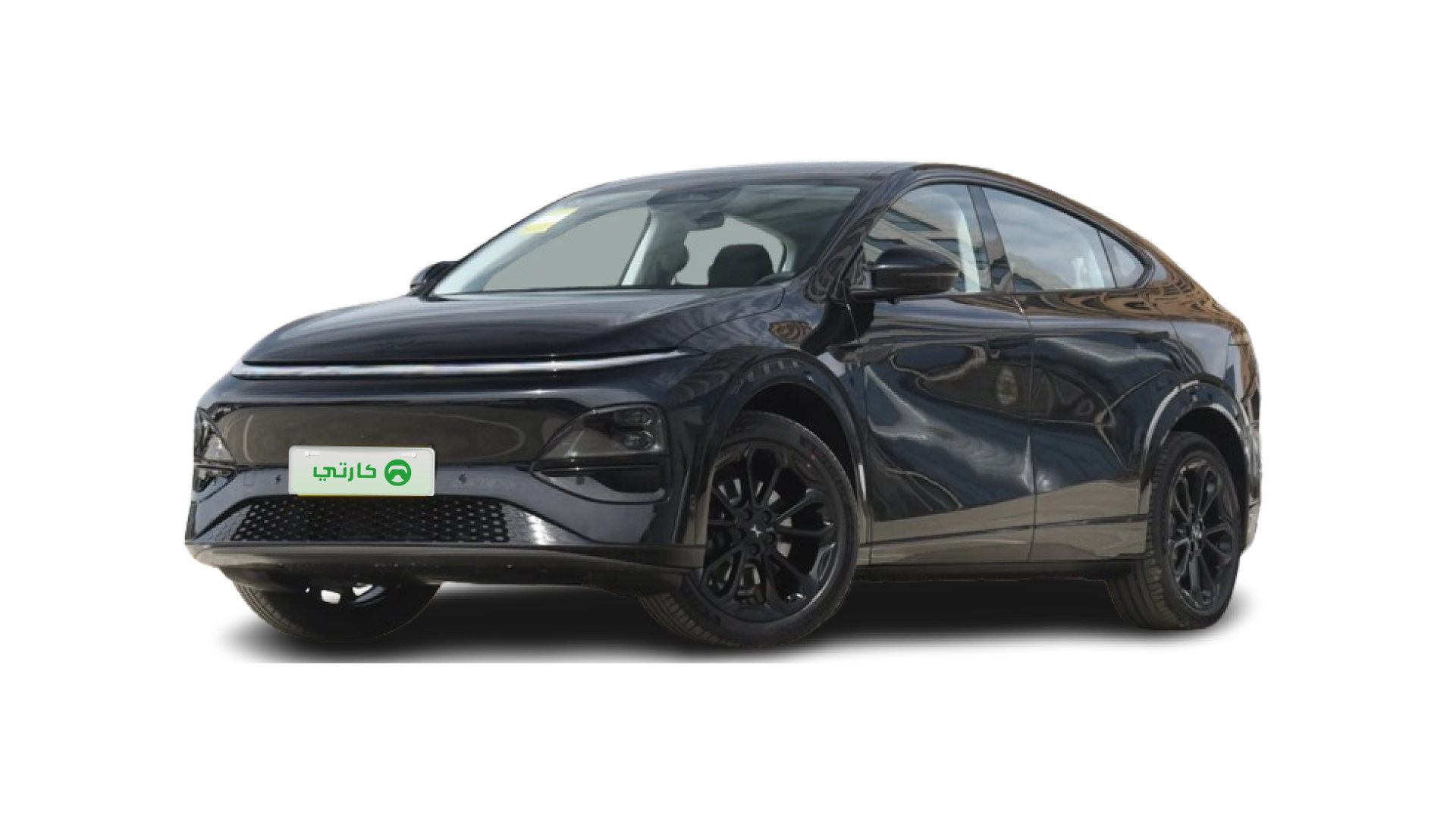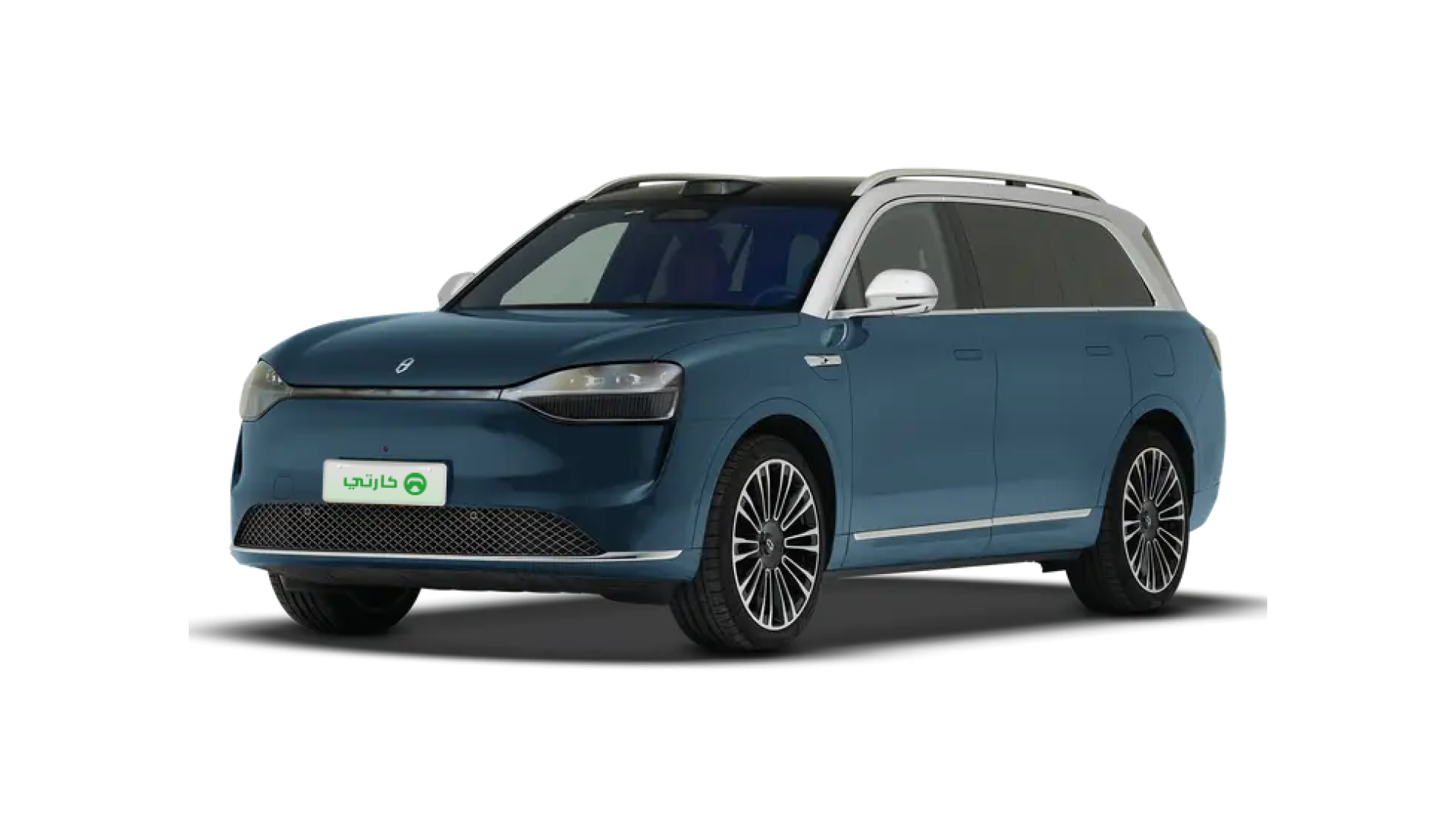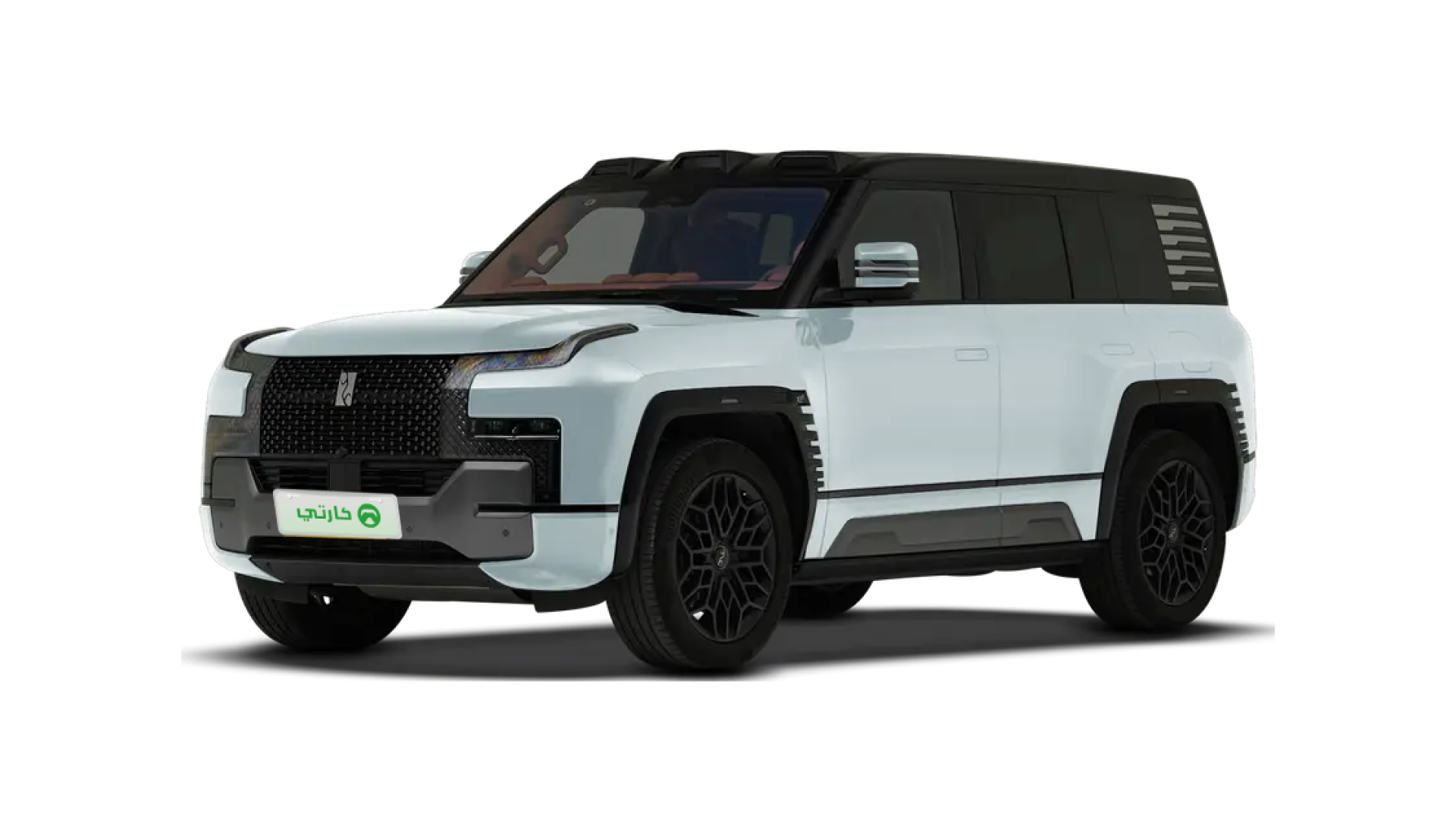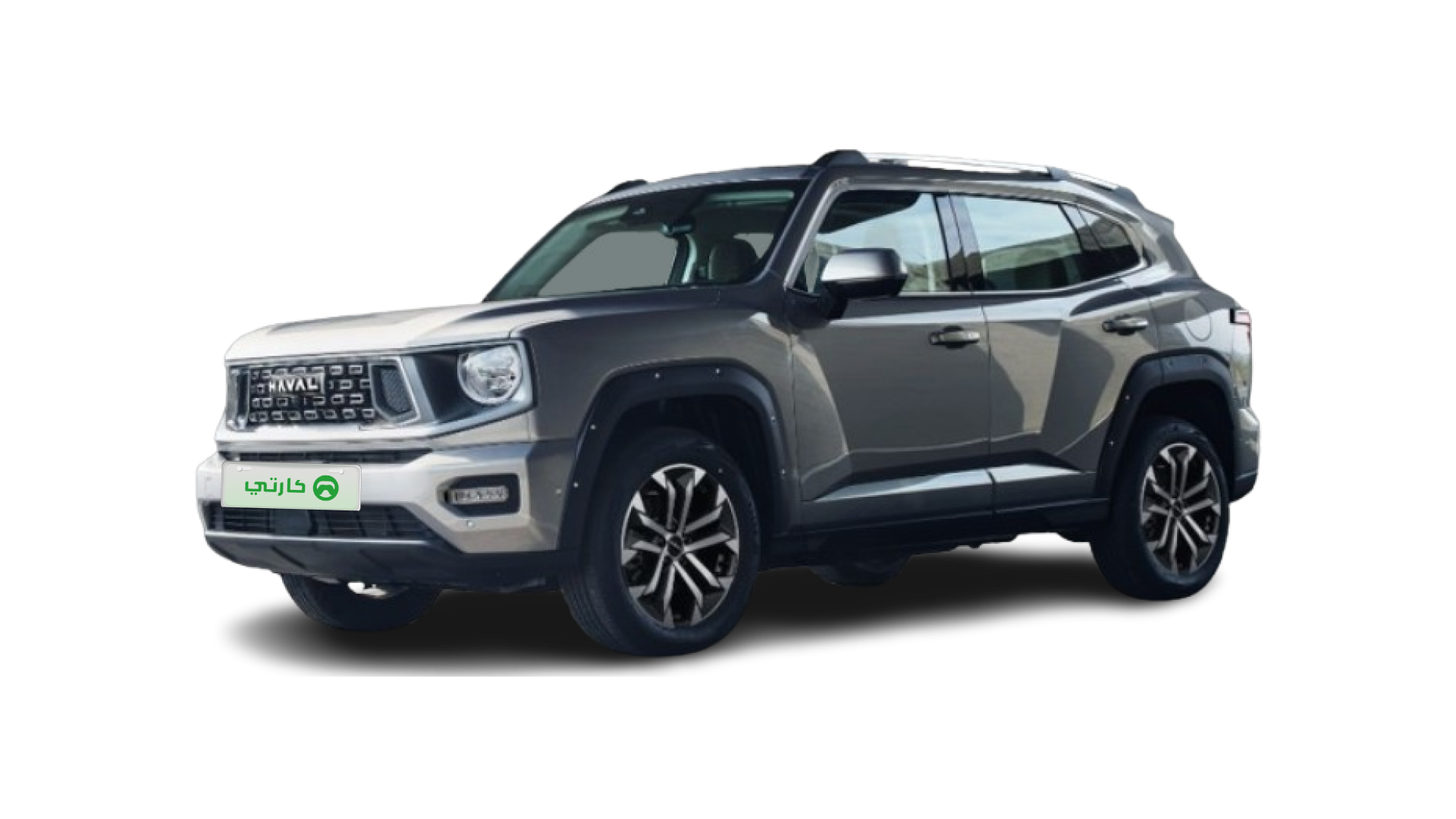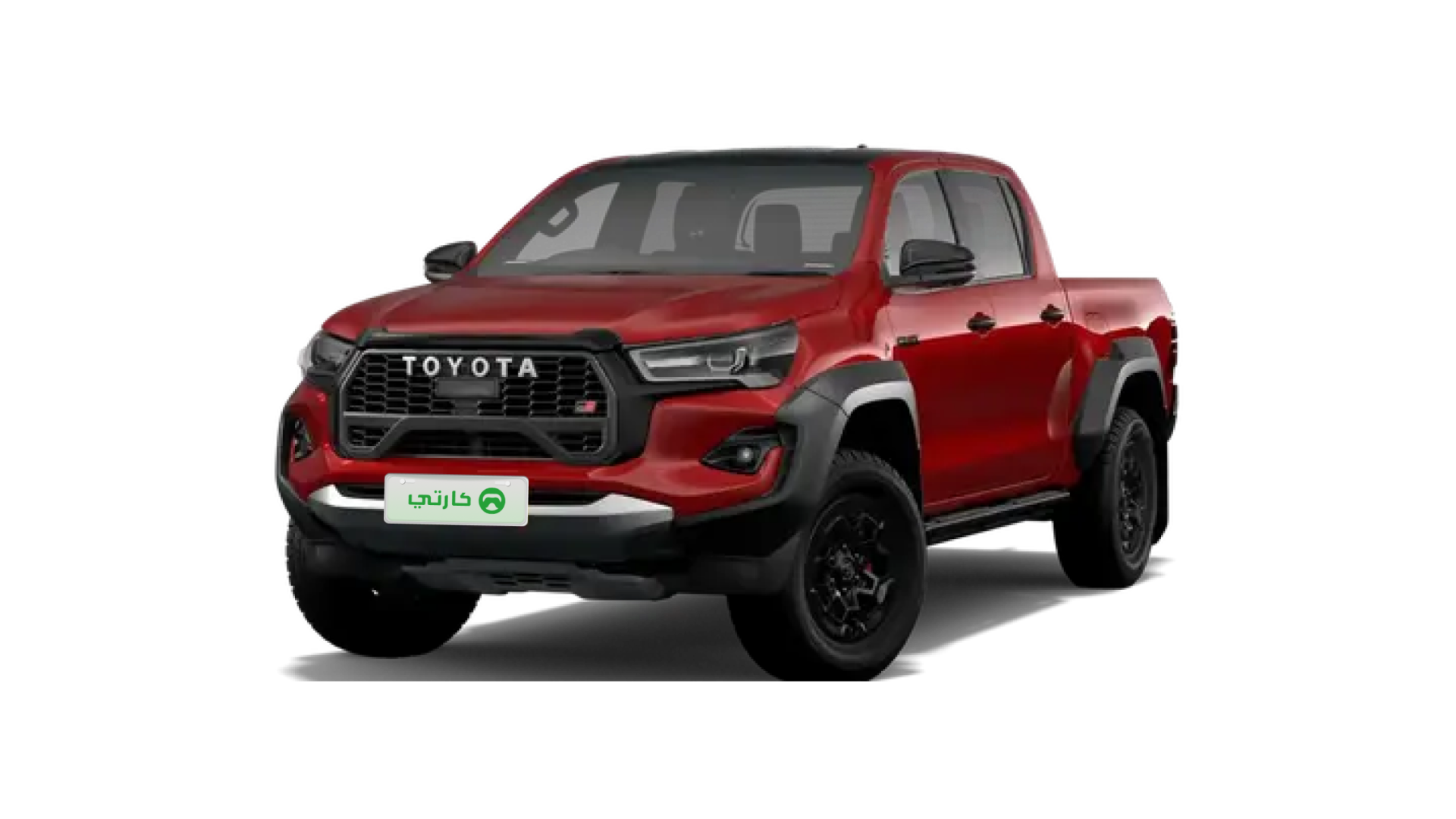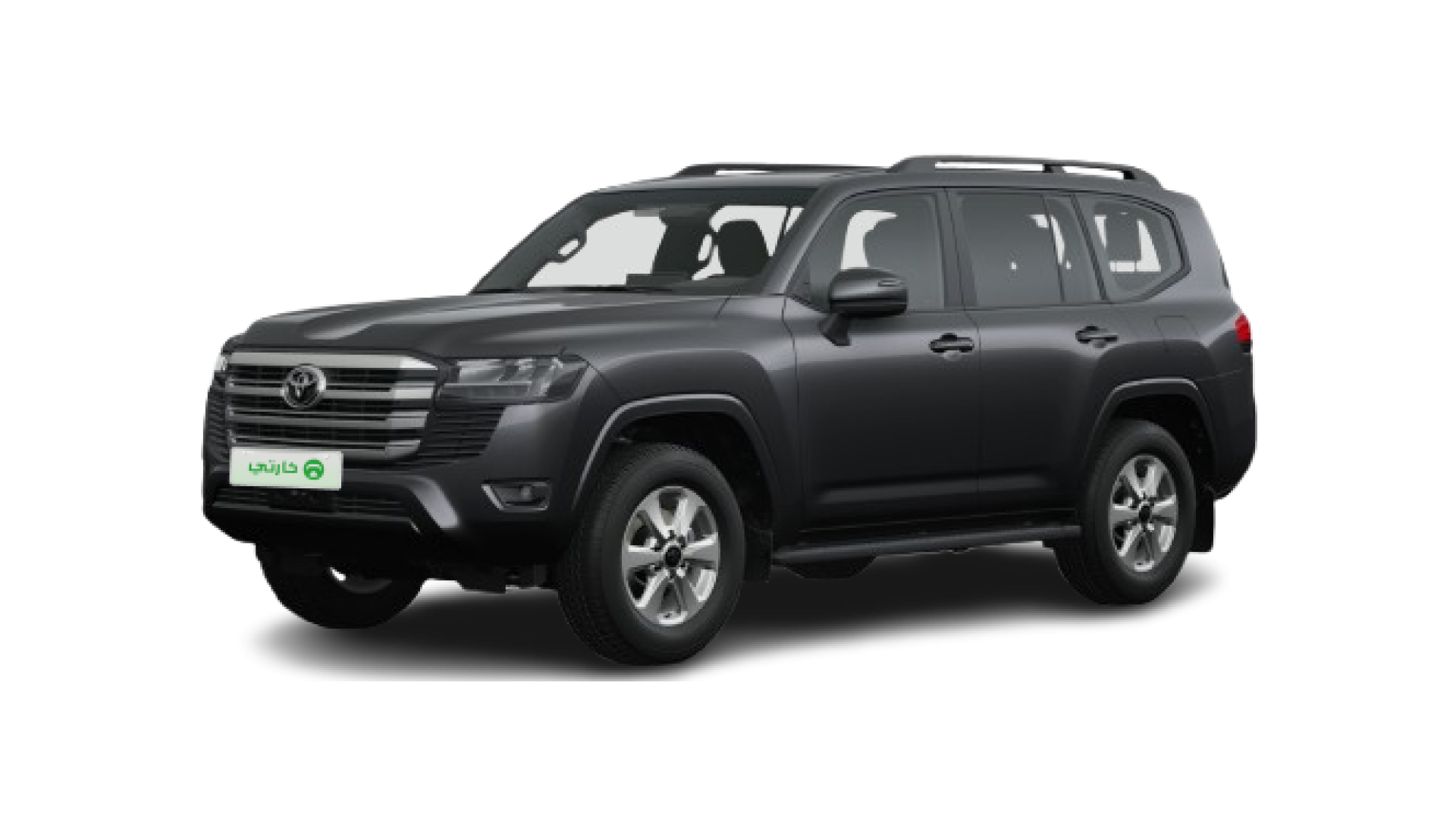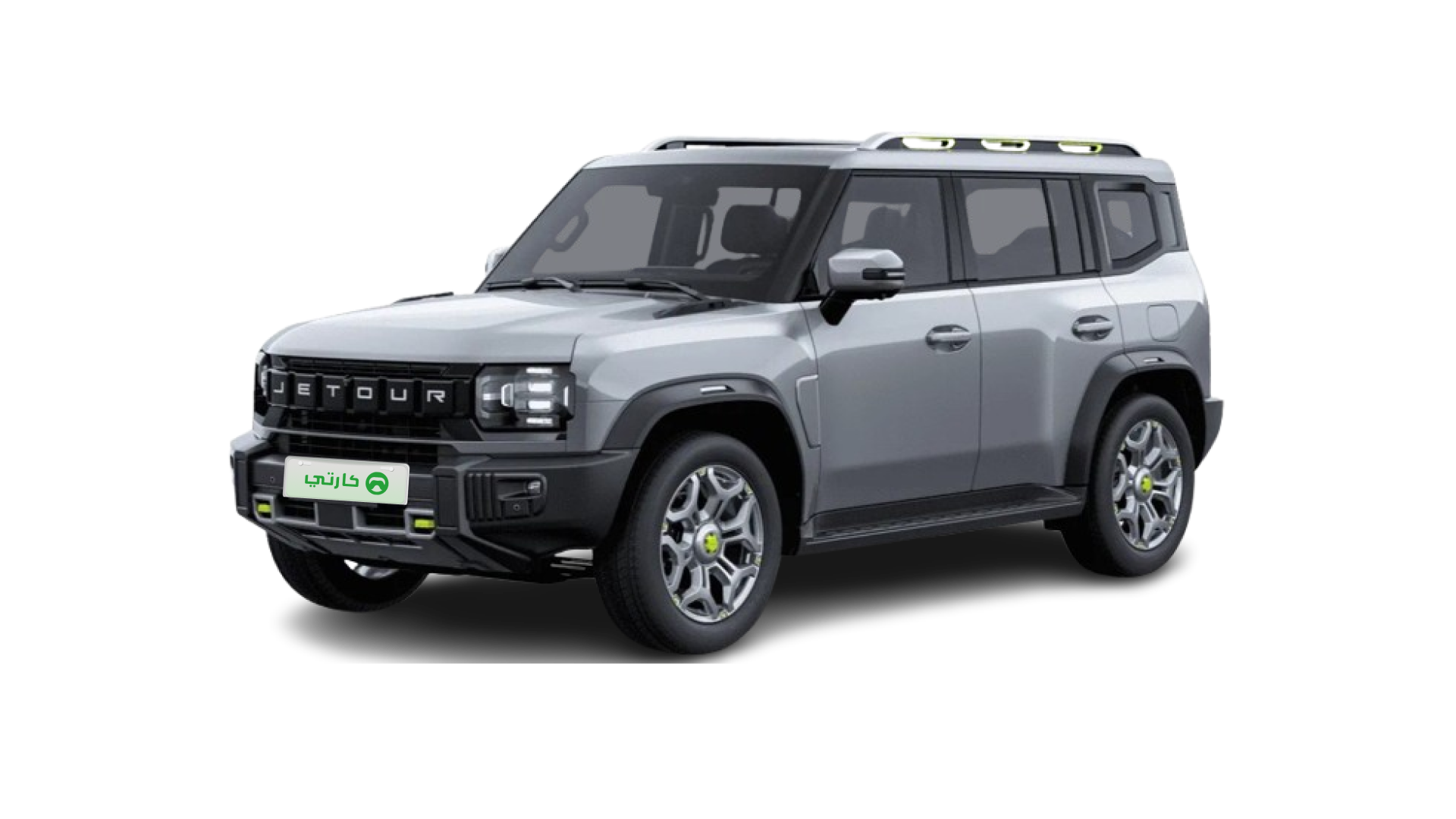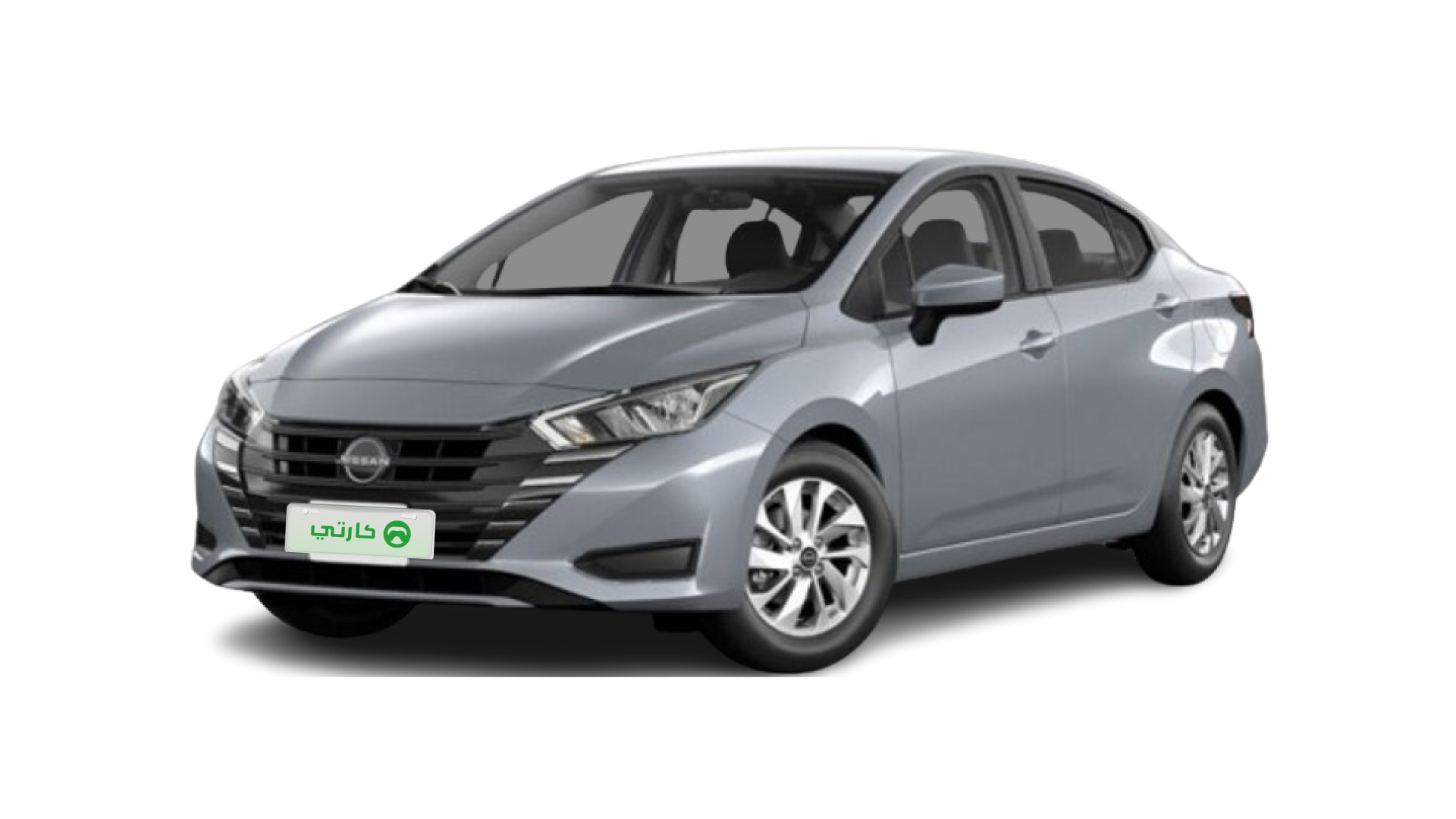The Toyota Prado engine cc remains a key factor when deciding on your next vehicle. In this guide, you'll find clear insights into engine size, fuel efficiency, horsepower, torque, and maintenance costs. Get ready to dive into practical advice that will help you decide which engine best fits your driving lifestyle!

How to Choose the Right Engine CC for Your 2025 Prado
3 Key Factors for Engine Selection
Selecting the perfect engine cc for your Prado depends on several everyday considerations. Here’s what you should keep in mind:
Daily Driving Patterns:If your routine includes city commutes and regular trips, the 2.8L diesel, which translates to 2755 cc, offers excellent fuel efficiency (around 14.2 km/L) while providing reliable power. This engine is designed to give you a comfortable ride especially in crowded urban conditions.
Towing Requirements:For those who need extra muscle, the 3.5L petrol engine (3456 cc) delivers a robust 207 HP. This engine is more than capable of handling heavier loads, making it ideal if you plan to tow or transport bulky items.
Climate Considerations:Operating your vehicle in high temperatures demands an engine that performs consistently. The turbocharged versions within these engine options showcase improved power retention under extreme heat, ensuring up to 15% better performance when temperatures soar.
Fuel Efficiency Comparison (2025 Models)
Take a closer look at how fuel efficiency stacks up between the available engine sizes. Understanding these figures can help you balance power with economical driving:
Engine Type | CC Range | City (km/L) | Highway (km/L) |
|---|---|---|---|
2.8L Diesel | 2755 | 14.2 | 18.6 |
3.5L Petrol | 3456 | 9.8 | 13.4 |
These numbers are designed to match the unique driving conditions you might face, particularly in vibrant and dynamic markets like the UAE.
2025 Engine Technology Upgrades
Modern technology upgrades ensure that each engine delivers not only raw power but also enhanced durability and performance.
Enhanced Cooling Systems
The redesigned radiator now increases heat dissipation by an impressive 22%, which means you can trust your engine to stay cooler even during extended drives.
Smart coolant circulation systems are specifically engineered to prevent overheating when navigating challenging terrains such as desert dunes.
Hybrid Readiness
To stay ahead of market trends, every 2025 Prado engine is built with the future in mind:
Equipped with 48V mild-hybrid compatibility, these engines are set for smoother transitions between power sources.
Integrated regenerative braking systems help reclaim energy, lowering overall maintenance costs over time.
A pre-designed battery compartment makes future hybrid upgrades straightforward and cost-effective.
Maintenance Costs by Engine CC
Understanding maintenance costs is essential when choosing an engine cc that fits your budget. Here’s an estimated breakdown for a five-year ownership period:
Service Item | 2.8L Diesel (AED/SAR) | 3.5L Petrol (AED/SAR) |
|---|---|---|
Oil Changes | 3,200 / 3,200 | 2,800 / 2,800 |
Filter Replacements | 1,450 / 1,450 | 1,100 / 1,100 |
Turbo Maintenance | 4,800 / 4,800 | N/A |
The tailored maintenance packages available at local Emirates Auto Service Centers also ensure that repair or check-up visits are both cost-effective and high quality.
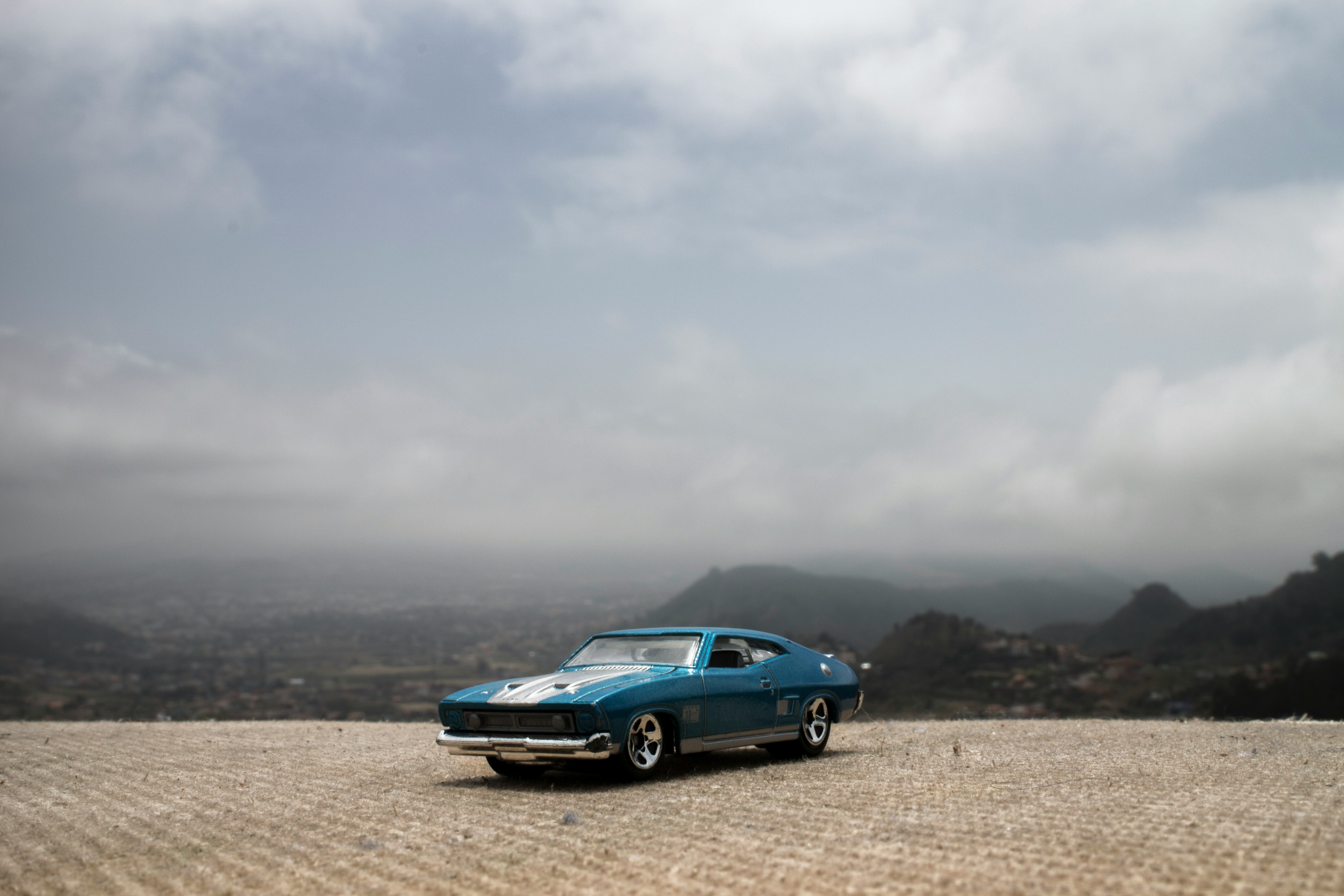
Off-Road Performance Comparison
For those who love adventure and off-road driving, selecting the right engine cc ensures dependable performance on sand and rocky terrain.
Sand Driving Capabilities
The 2.8L diesel engine (2755 cc) produces a robust 310 Nm torque at 1,600 RPM, which significantly aids in dune recovery during desert treks.
On the other hand, the 3.5L petrol engine (3456 cc) stands out with its quick throttle response, allowing you to smoothly handle momentum changes during off-road excursions.
Water Wading Improvements
Both available engine types incorporate essential features to boost reliability in challenging environments:
Advanced water depth sensors reach up to 700mm, ensuring you’re warned of potential water hazards.
The 2025 redesign includes an extended engine air intake system to reduce the risk of water ingestion.
Robust, corrosion-resistant electrical systems add an extra layer of safety when traversing through water.
Future-Proofing Your Purchase
Investing in a 2025 Prado means you’re banking on an engine that’s not only powerful but also built for the future.
UAE Emission Standards Compliance
Each engine cc variant meets the rigorous GCC emission standards, ensuring cleaner engine performance.
Diesel variants are equipped with advanced particulate filters, which have service intervals around 160,000 km.
Petrol engines come with innovative carbon capture mechanisms, making them environmentally responsible choices for long-term ownership.
Resale Value Projections
Your long-term investment is also protected by strong resale values:
Models equipped with a 2.8L diesel engine typically retain up to 68% of their value after three years.
The 3.5L petrol models often command a slight premium in the market due to their versatility and performance, sometimes achieving an additional 15% in resale value.
FAQ
Q1:What makes the Toyota Prado engine cc a critical factor in selecting the 2025 model?
The engine cc in the 2025 Toyota Prado directly impacts your vehicle’s power and fuel efficiency. It determines how well the car can balance daily driving needs with off-road performance, especially when tackling desert terrains. You can expect anything from enhanced torque for challenging drives to optimized power delivery in urban conditions. In essence, choosing the right engine size sets the foundation for a comfortable and capable driving experience.
Q2:How do the diesel and petrol engines compare in terms of horsepower and torque?
The 2.8L diesel, with 2755 cc, excels in torque delivery, offering about 310 Nm at lower RPMs which aids in off-road maneuvers like dune recovery. Conversely, the 3.5L petrol engine, with 3456 cc, delivers a higher horsepower output (around 207 HP) that suits those needing quick throttle response and robust acceleration. These differences mean you should consider your common driving requirements—whether it’s towing or rapid power exchanges. Ultimately, both engines are engineered to meet the distinct demands of varied driving conditions in the region.

Q3:What maintenance costs should I expect for the different engine sizes available in the 2025 Prado?
Maintenance costs vary by engine cc and include expenses such as oil changes, filter replacements, and specialized maintenance like turbo servicing. The 2.8L diesel engine tends to have slightly higher service fees due to its turbo system, whereas the 3.5L petrol model may be cheaper for routine tasks. Local service centers in the UAE and across the GCC offer tailored maintenance packages that can make upkeep more predictable. This balance of cost and performance makes it easier for you to plan your vehicle’s long-term care.
Q4:Are there any specific features in the 2025 Prado engines that cater to extreme desert conditions?
Yes, both engine variants come with enhanced cooling systems and extended air intake designs, which are crucial in high-temperature environments. These improvements help maintain optimum engine performance even when driving through intense heat and sandy landscapes. Additionally, integrated water wading sensors and corrosion-resistant components further boost reliability. Such features ensure that your Prado remains resilient and effective under the severe conditions often encountered in the Gulf region.
This article is for reference only; please refer to the latest local regulations.
Read More:
How to Check Car History by Chassis Number in UAE: 2025 Guide
How Much Does It Cost to Charge an Electric Car in 2025?
Is Your Car Vibrating When Driving? 2025 Troubleshooting Guide
8 pics

Abdul Rahman is an avid car enthusiast with over a decade of self-driving travel experience. He loves hitting the road in various vehicles, exploring different landscapes. Besides, he enjoys sharing practical knowledge about car usage, helping fellow drivers solve problems and make the most of their rides.
